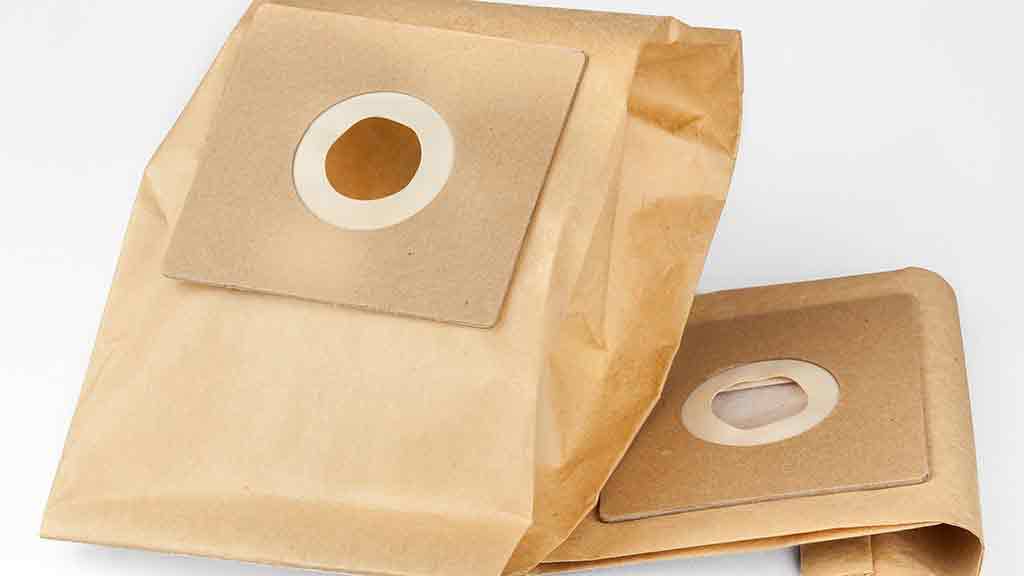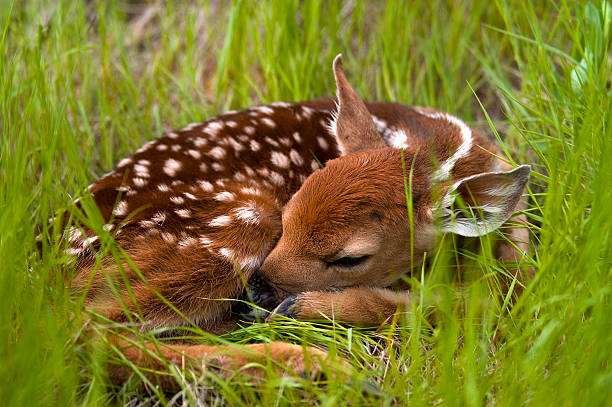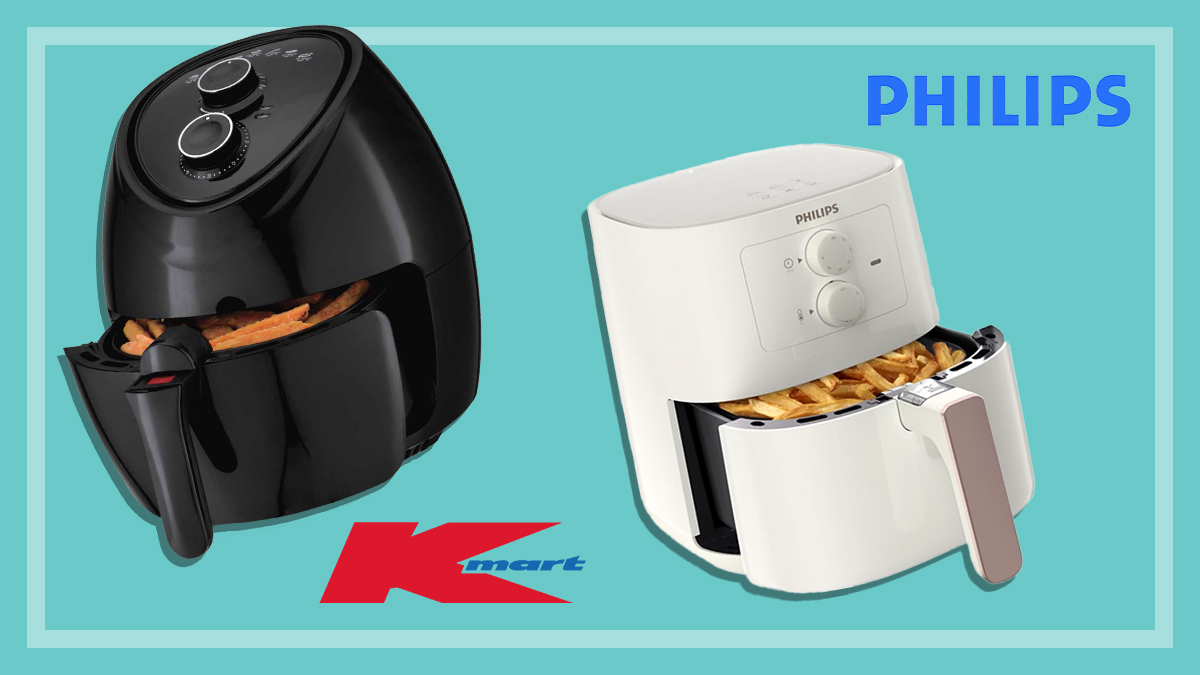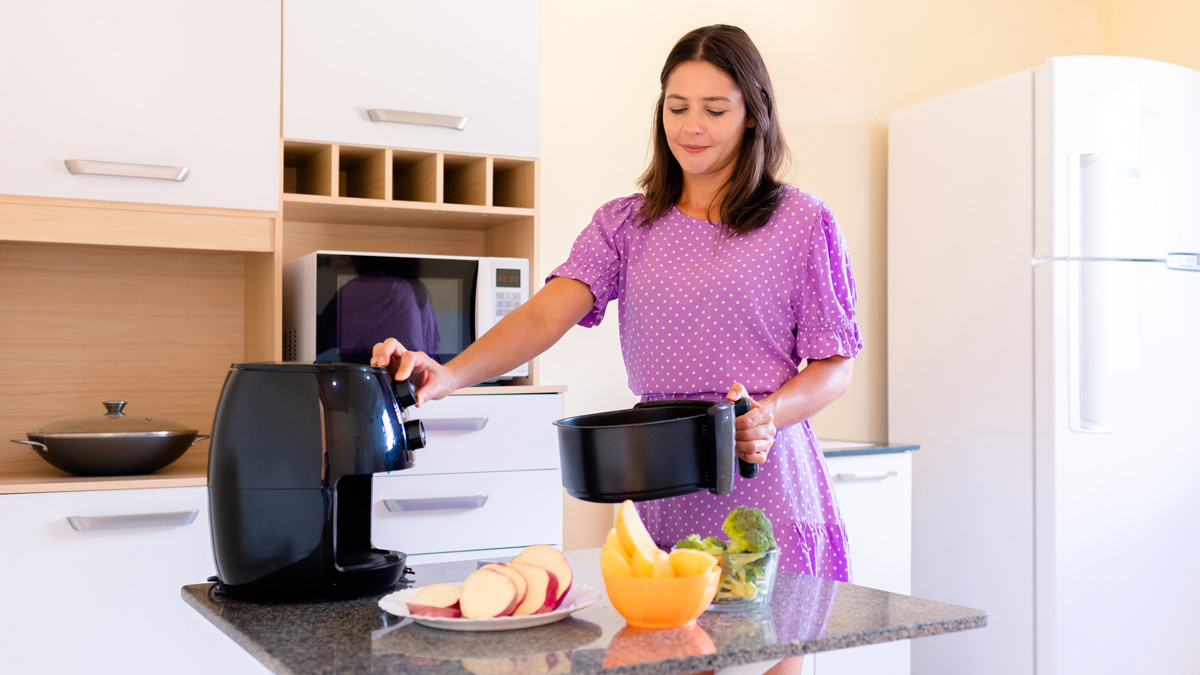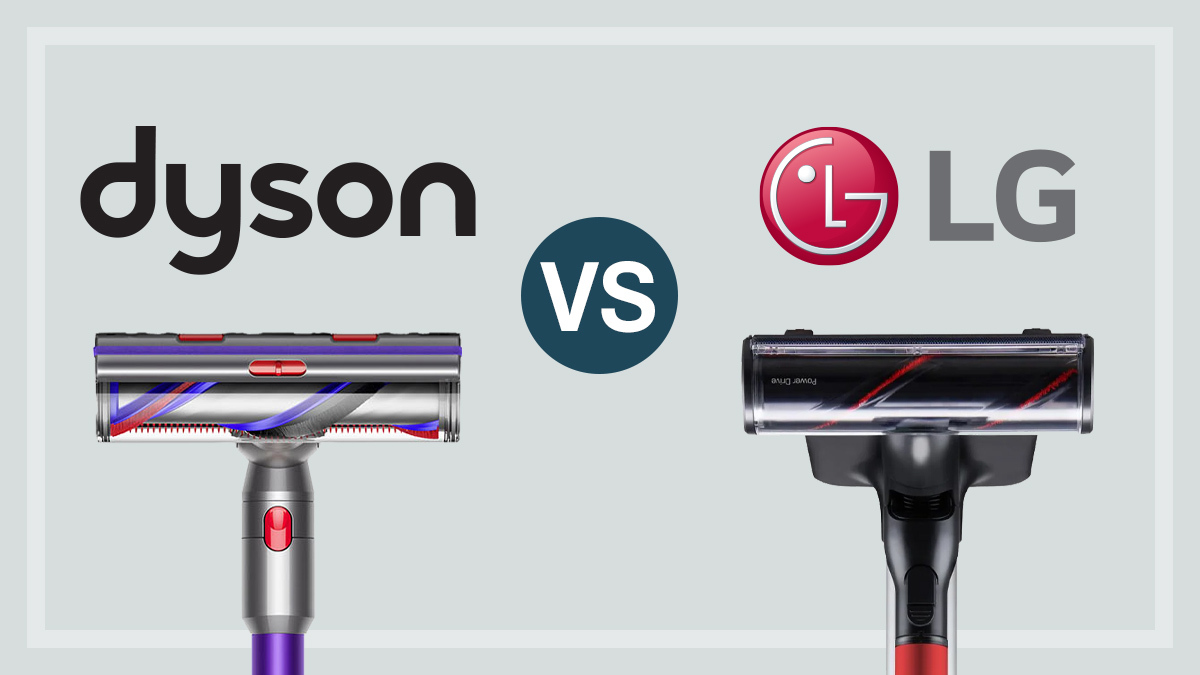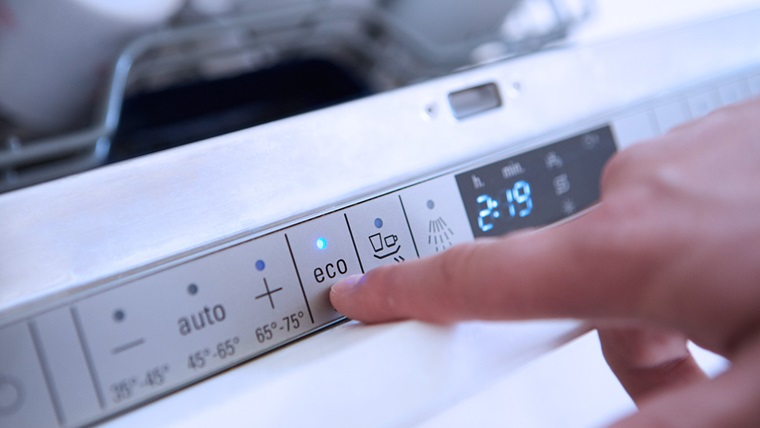Vacuum cleaners: the bag vs bagless war
The pros and cons of buying with a bag or with bagless
Last updated: 17 Aug 2018
So you’re buying a vacuum cleaner and wondering whether to go for one with or without a bag. Bag or bagless – which is best?
Vacuum cleaner marketing often talks up bagless technology to promote the modern high-tech nature of their product. Vacuums with bags might be seen as more old-fashioned, and have the obvious associated cost of bags that you have to keep buying. But in fact both types have their pros and cons.
Vacuums with bags
Pros
- Tend to be less messy to empty. Bags generally come with sliding shutters to prevent dust from spilling out when removed.
- You can just put the full bag into the rubbish bin, which can make a bag model the better choice in an apartment (where there’s less likely to be an option of dumping the dust in the garden) or for someone with allergies.
- Bags aren’t necessarily recyclable, but are usually biodegradable.
- When changing the bag, you’re changing and refreshing a large part of the filter system.
- A disposable bag is usually larger than the dust container in a bagless vac, so it doesn’t need to be emptied as frequently.
Cons
- Ongoing cost of bags.
- Can be inconvenient if you run out of bags.
Vacuums without bags
Pros
- It’s easier to see and retrieve an item that’s been accidentally sucked up. Think wedding ring retrieval – a bagless vac will be a blessing if you suck up that precious item.
- You can easily dispose of the waste into a compost or garden area, However, be aware that modern household dust can contain a fair bit of synthetic material (such as nylon fragments from carpet) which might not be compostable. If you have nylon blend carpets that tend to shed a lot of lint, think twice about putting that material into the garden.
- There are lower ongoing costs, as you don’t need to keep buying bags.
Cons
- Disposing of the waste from a bagless vac can release dust and allergens back into the area. Take some care not to create a cloud of dust when you empty the vacuum’s bin into your wastebin.
- You can need to either clean the main filter frequently, or replace it – a hidden extra cost.
Filters and filtration
Vacuum cleaners have filters to prevent the very fine particles of sucked up dust from blowing through the machine and back out into the room. Both bagged and bagless models usually have these, though some bagless models (such as some Dyson models) rely on their internal dust collection technology to trap all fine dust without the need for additional filter pads.
For bagged models, the bag itself serves as part of the filtration system.
The end result is that neither type necessarily has an advantage when it comes to filtration. If this aspect is particularly important for you – due to allergies for instance – then look for models with HEPA filtration, and remember that if the vacuum has filters, these need to be regularly washed and eventually replaced.
Eco-friendly vacuuming
One motivation for going bagless can be to reduce the amount of waste (in the form of disposable bags) going into landfill. But there are other ecological aspects to also consider. Some manufacturers are taking steps to make their vacuum cleaners greener. Many have recyclable parts – but the most important sustainability aspect of any appliance is whether it will still be going strong after several years of use and so won’t need replacing. See the brand reliability scores in our reviews (select Compare all to see all the scores in one table) to see which brands are rated more likely to last.
Related
Chris Barnes is a Senior Project Officer. He manages the product reviews that are done outside of CHOICE with external labs or data sources. This includes solar panels, electric heaters, air purifiers and detergents.
Chris also manages our testing services through our commercial arm, Test Research, and he is CHOICE's NATA authorised representative for our lab's formal accreditations.
Chris is involved with the standards committee for air conditioners. And he works with government and industry in areas such as product safety and regulation.
In over 20 years at CHOICE, Chris has managed lab teams for a wide range of products, including children's products, kitchen appliances, laundry appliances, garden power tools and more.
Chris has a Science degree from the University of Sydney.
Find Chris on Twitter (X) and LinkedIn.
Chris Barnes is a Senior Project Officer. He manages the product reviews that are done outside of CHOICE with external labs or data sources. This includes solar panels, electric heaters, air purifiers and detergents.
Chris also manages our testing services through our commercial arm, Test Research, and he is CHOICE's NATA authorised representative for our lab's formal accreditations.
Chris is involved with the standards committee for air conditioners. And he works with government and industry in areas such as product safety and regulation.
In over 20 years at CHOICE, Chris has managed lab teams for a wide range of products, including children's products, kitchen appliances, laundry appliances, garden power tools and more.
Chris has a Science degree from the University of Sydney.
Find Chris on Twitter (X) and LinkedIn.

